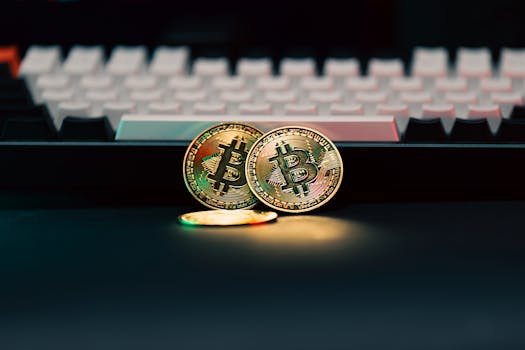Trends in the Development of Decentralized Applications Based on Blockchain Technology and Smart Contracts
The rise of blockchain technology has revolutionized various sectors, leading to the emergence of decentralized applications (dApps) that leverage smart contracts. These applications are designed to operate without a central authority, providing transparency, security, and efficiency. As the technology matures, several trends are shaping the development of dApps, making them more accessible and functional for users worldwide.
Understanding Decentralized Applications
Decentralized applications are software programs that run on a peer-to-peer network, rather than being hosted on centralized servers. They utilize blockchain technology to ensure that data is immutable and transactions are secure. Smart contracts, self-executing contracts with the terms of the agreement directly written into code, play a crucial role in automating processes within dApps.
Key Trends in dApp Development
As the landscape of blockchain technology evolves, several key trends are emerging in the development of decentralized applications:
- Interoperability: The ability for different blockchain networks to communicate and interact is becoming increasingly important. Projects like Polkadot and Cosmos are leading the way in creating ecosystems where dApps can operate across multiple blockchains, enhancing functionality and user experience.
- Layer 2 Solutions: To address scalability issues, developers are focusing on Layer 2 solutions such as the Lightning Network for Bitcoin and Optimistic Rollups for Ethereum. These solutions allow for faster transactions and lower fees, making dApps more user-friendly.
- Decentralized Finance (DeFi): DeFi has emerged as one of the most significant use cases for dApps. Platforms like Uniswap and Aave allow users to trade, lend, and borrow assets without intermediaries, democratizing access to financial services.
- Non-Fungible Tokens (NFTs): The popularity of NFTs has spurred the development of dApps focused on digital ownership and provenance. Platforms like OpenSea and Rarible enable users to create, buy, and sell unique digital assets, showcasing the versatility of blockchain technology.
- Enhanced User Experience: Developers are increasingly prioritizing user experience (UX) in dApp design. Simplified interfaces and improved onboarding processes are essential for attracting non-technical users to the blockchain space.
Case Studies: Successful dApps in Action
Several dApps have successfully implemented these trends, showcasing the potential of blockchain technology:
- Uniswap: As a leading decentralized exchange (DEX), Uniswap allows users to trade cryptocurrencies directly from their wallets. Its automated market-making model has revolutionized trading by eliminating the need for order books and centralized exchanges.
- CryptoKitties: One of the first successful NFT projects, CryptoKitties allows users to breed, buy, and sell virtual cats. This dApp demonstrated the potential of NFTs and sparked a wave of interest in digital collectibles.
- Aave: Aave is a decentralized lending platform that allows users to earn interest on their crypto holdings or borrow assets. Its innovative features, such as flash loans, have set it apart in the DeFi space.
Statistics Highlighting the Growth of dApps
The growth of decentralized applications is evident through various statistics:
- According to DappRadar, the number of active dApps has increased from around 1,000 in 2020 to over 4,000 in 2023.
- The total value locked (TVL) in DeFi protocols reached over $100 billion in 2023, highlighting the significant demand for decentralized financial services.
- NFT sales surpassed $10 billion in 2021, indicating a growing market for digital assets and collectibles.
Challenges Facing dApp Development
Despite the promising trends, several challenges remain in the development of dApps:
- Scalability: While Layer 2 solutions are emerging, scalability remains a concern for many blockchain networks, particularly Ethereum.
- User Adoption: The complexity of blockchain technology can deter non-technical users from engaging with dApps.
- Regulatory Uncertainty: The evolving regulatory landscape poses risks for dApp developers, particularly in the DeFi and NFT sectors.
Conclusion
The development of decentralized applications based on blockchain technology and smart contracts is rapidly evolving, driven by trends such as interoperability, DeFi, and enhanced user experience. Successful case studies like Uniswap and Aave illustrate the potential of dApps to disrupt traditional industries. However, challenges such as scalability and regulatory uncertainty must be addressed to ensure the continued growth and adoption of these innovative applications. As the technology matures, the future of dApps looks promising, with the potential to reshape how we interact with digital services.
